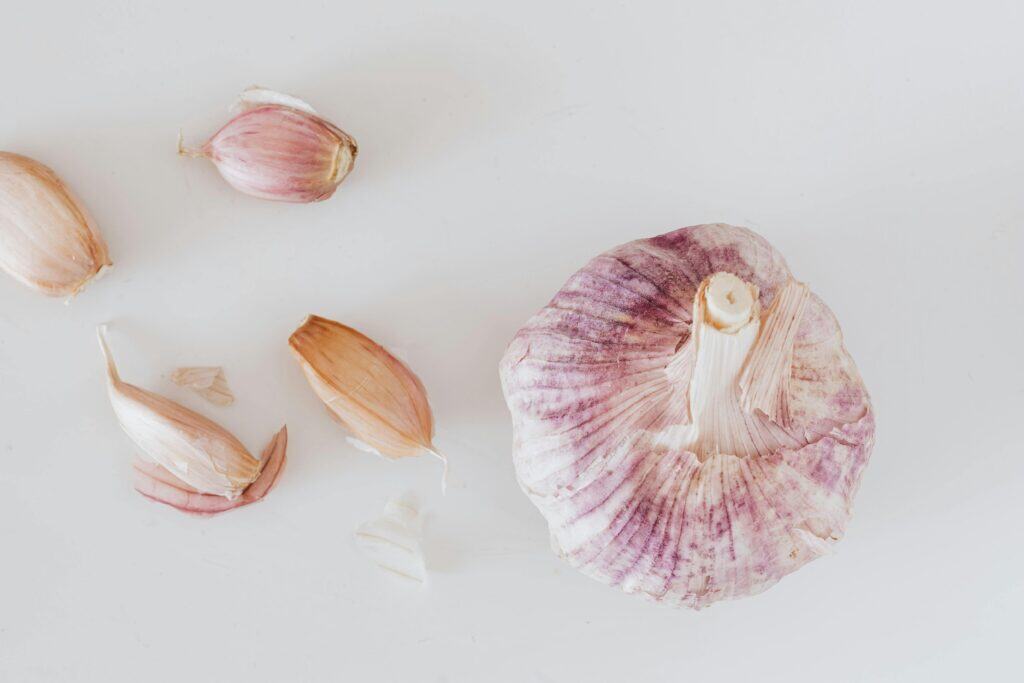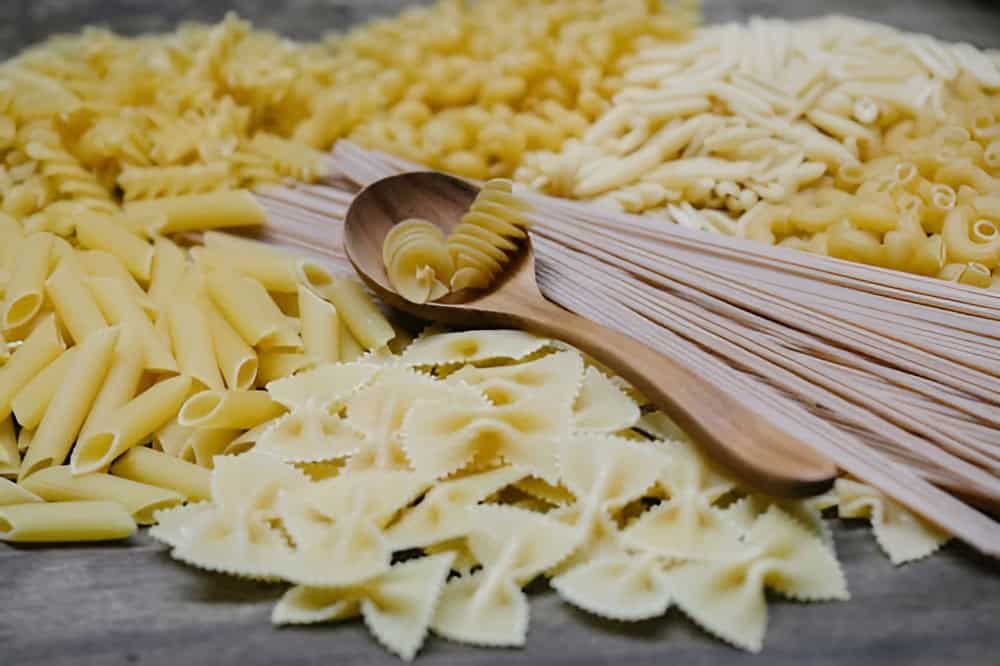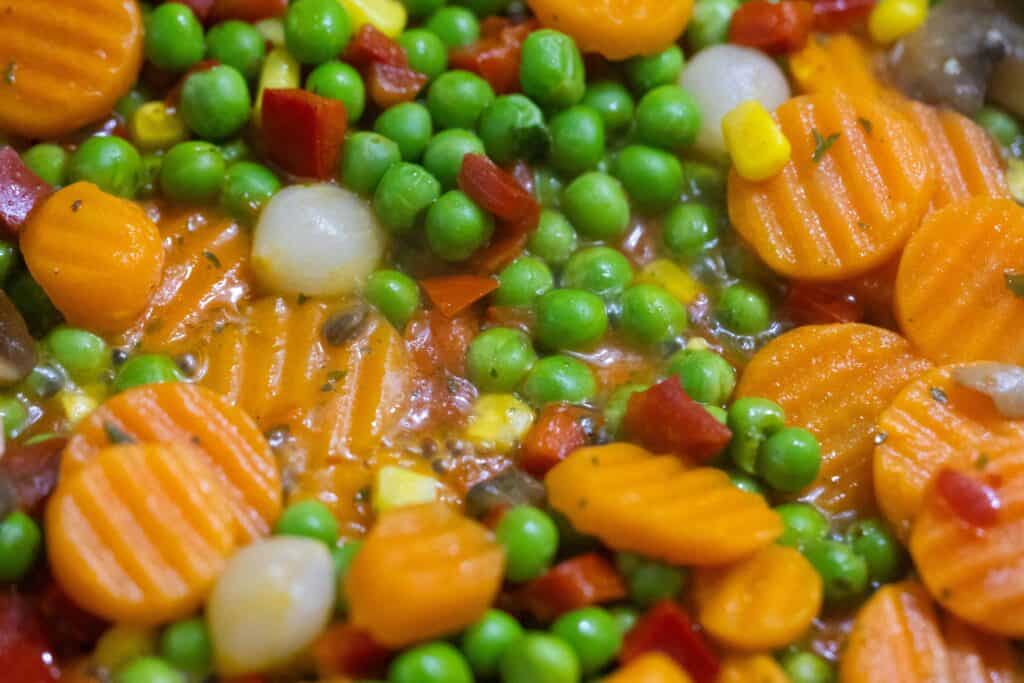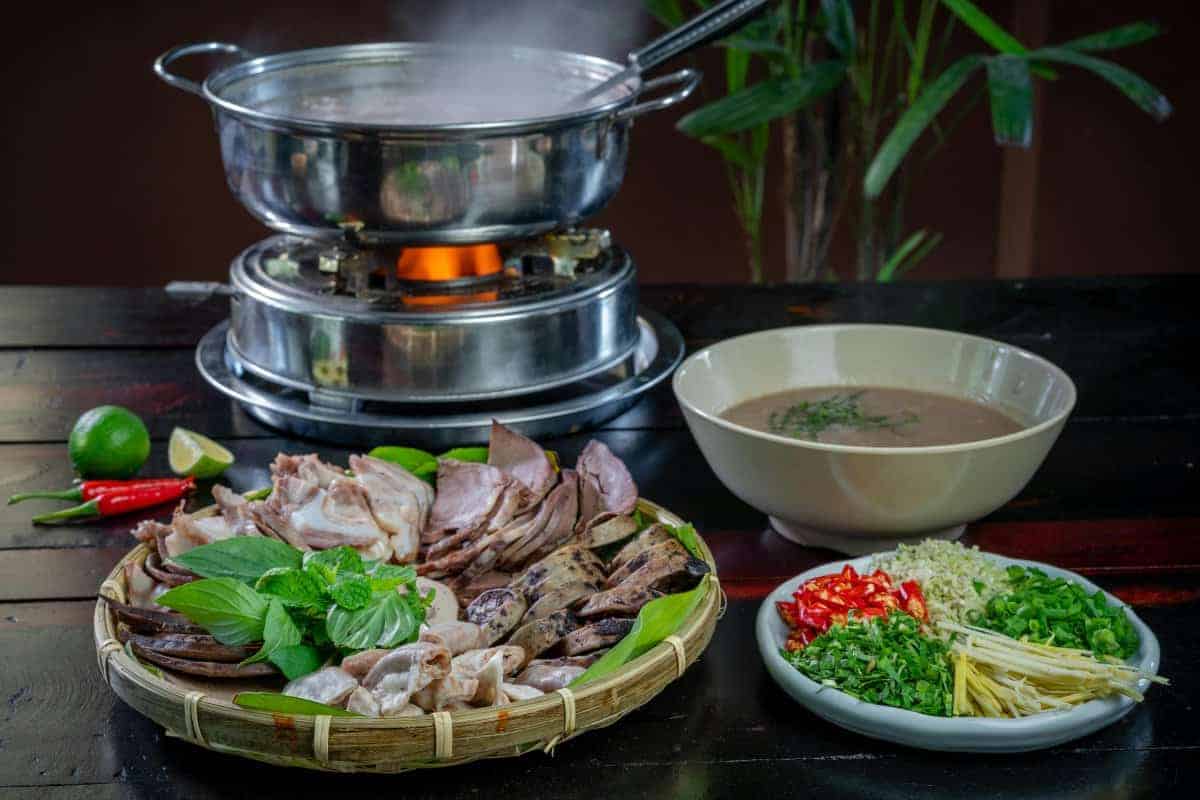15 Must-Have Grocery Essentials Every Beginner Cook Needs
Stepping into your kitchen to cook for yourself can feel daunting at first, especially if you’re new to the culinary world. But don’t worry—building a pantry stocked with a few simple, versatile ingredients can transform cooking from a stressful chore into an enjoyable experience. Having these grocery essentials on hand simplifies meal preparation, enhances your confidence in the kitchen, and allows you to effortlessly experiment with new recipes and flavors. In this guide, we’ll explore the 15 must-have grocery items every beginner cook should keep stocked, ensuring you’re always ready to whip up delicious and satisfying meals.
1. Olive Oil

If there’s one ingredient that deserves a permanent spot in your kitchen, it’s olive oil. Renowned for its versatility, olive oil is ideal for a wide range of cooking methods, including sautéing vegetables, roasting meats, and crafting homemade salad dressings. Unlike some other cooking oils, olive oil offers a delightful balance of flavor and nutritional benefits. Rich in heart-healthy monounsaturated fats and antioxidants, studies documented by the Harvard School of Public Health suggest olive oil may support cardiovascular health and reduce inflammation. Its superior nutritional profile and culinary adaptability make it an indispensable grocery essential for beginner cooks.
2. Garlic

Few ingredients can elevate a dish as effortlessly as garlic. Known globally as a staple flavoring agent, garlic brings depth and aroma to countless recipes, from Italian pasta sauces and Asian stir-fries to flavorful soups and roasted vegetables. Available fresh, dried, or powdered, each form has a place in your pantry: fresh garlic provides vibrant flavor, while garlic powder offers convenience and a longer shelf life. Store fresh garlic bulbs in a cool, dark, and dry place—away from direct sunlight—to prolong freshness. Beyond taste, garlic also boasts impressive health benefits, including immune system support and anti-inflammatory properties.
3. Eggs

When it comes to kitchen essentials, few items rival the versatility and nutritional power of eggs. Packed with high-quality protein, vitamins, and minerals, eggs are not only nutritious but also extremely adaptable in cooking. They serve as a fundamental ingredient in breakfast favorites like omelets and scrambled eggs, act as binding agents in baked goods, and form the base of creamy sauces and dressings. While standard white eggs are most common, you might explore free-range or organic options, which may offer differences in taste, nutrition, or ethical considerations.
4. Rice

A pantry staple across countless cultures, rice is appreciated for its affordability, accessibility, and culinary versatility. Whether you’re preparing comforting rice bowls, hearty stir-fries, or classic side dishes, rice provides a satisfying base for endless meals. Varieties such as white, brown, jasmine, and basmati each offer distinct textures, flavors, and nutritional profiles. Brown rice boasts higher fiber and nutrient content, while jasmine and basmati varieties deliver aromatic, fluffy grains ideal for specific cuisines.
5. Pasta

Quick to prepare and endlessly adaptable, pasta is an ideal staple for beginner cooks looking to create easy, satisfying meals. From comforting spaghetti dinners and creamy macaroni dishes to chilled pasta salads, this versatile ingredient pairs effortlessly with countless sauces, proteins, and vegetables. Available in diverse shapes like penne, fusilli, or linguine, each pasta type offers unique textures suited to different sauces and recipes. Additionally, whole-grain and gluten-free pasta options provide nutritious alternatives to traditional wheat versions, catering to various dietary preferences.
6. Canned Beans

For beginner cooks seeking convenience without sacrificing nutrition, canned beans are a pantry must-have. Rich in protein, fiber, and essential minerals, canned beans effortlessly boost the nutritional value of various dishes, including hearty soups, flavorful stews, vibrant salads, and quick burrito bowls. Unlike dried beans, which require soaking and extended cooking times, canned beans are ready-to-eat, saving time and effort in the kitchen. Although dried beans tend to be more economical, canned beans offer immediacy and ease.
7. Flour

An essential ingredient in every beginner cook’s pantry, flour is the foundation of baking and a key player in countless recipes. From fluffy pancakes and golden-brown cookies to thickening sauces and coating fried foods, flour’s culinary uses are practically limitless. Commonly available as all-purpose flour, it suits a wide array of dishes, while whole wheat flour provides added fiber and nutrients for healthier baking. Specialty flours, including almond, coconut, or gluten-free blends, cater to specific dietary needs or recipe requirements.
8. Salt and Pepper

No pantry is complete without the fundamental seasoning duo—salt and pepper. These simple yet essential ingredients transform dishes by enhancing natural flavors and balancing tastes. Salt intensifies sweetness, reduces bitterness, and brings out savory notes, while pepper adds warmth and subtle spice. There are different salt varieties to explore: kosher salt’s coarse texture makes it ideal for seasoning meats and vegetables, while sea salt provides subtle mineral nuances suited for finishing dishes. Freshly ground black pepper offers more vibrant flavor than pre-ground pepper, adding complexity to your cooking.
9. Butter

From sautéing vegetables to baking flaky pastries, butter is an essential ingredient that adds richness and depth to countless dishes. Its versatility extends beyond cooking and baking—melted butter can finish sauces, glaze roasted vegetables, or simply be spread on warm bread. While traditional butter offers a creamy texture and satisfying flavor, alternatives such as margarine or plant-based spreads may suit specific dietary preferences. However, these substitutes often differ in taste, consistency, and nutritional content. Butter provides natural fats and vitamins, but moderation is ideal due to its saturated fat content.
10. Onions

As foundational flavor builders, onions enhance dishes across nearly every global cuisine, imparting depth and complexity to soups, curries, sauces, and stir-fries. Each variety offers distinct culinary uses: yellow onions deliver robust flavor ideal for caramelizing and slow-cooking, red onions add mild sweetness and crispness in salads or garnishes, while white onions provide a sharp bite perfect for salsas and Mexican dishes. Understanding how to properly select, prepare, and store onions ensures they maintain freshness and optimal flavor.
11. Milk

A key ingredient in numerous recipes, milk serves as the foundation for creamy sauces, rich baked goods, comforting soups, and warm beverages. Its culinary versatility extends from enhancing fluffy pancakes and moist cakes to creating smooth béchamel sauces and decadent hot chocolate. Various milk types cater to different dietary and flavor preferences: whole milk provides richness and creaminess, skim milk reduces calorie and fat content, and plant-based alternatives like almond, soy, or oat milk accommodate lactose intolerance and vegan diets.
12. Sugar

An essential ingredient for baking and cooking alike, sugar contributes sweetness, texture, and balance to a wide variety of dishes. Granulated sugar is perfect for everyday baking, dissolving easily in cookie doughs and cake batters. Brown sugar, containing molasses, adds moisture and depth to recipes like brownies and barbecue sauces, while powdered sugar is ideal for frostings, glazes, and delicate pastries. For those looking to reduce sugar intake, natural alternatives such as honey, maple syrup, or stevia can provide sweetness with distinct flavor profiles.
13. Fresh or Frozen Vegetables

Stocking your kitchen with fresh or frozen vegetables ensures you always have nutritious, flavorful ingredients at your fingertips. Fresh produce offers crisp textures and vibrant flavors ideal for salads, sandwiches, or quick sautés. Meanwhile, frozen vegetables provide convenient access to nutrient-rich options year-round, perfect for soups, stir-fries, and casseroles. Contrary to common misconceptions, frozen vegetables often retain nutritional value comparable to their fresh counterparts, as they’re harvested and frozen at peak ripeness. Plus, frozen options boast significantly longer shelf lives, reducing food waste.
14. Chicken or Vegetable Broth

A flavorful base for soups, sauces, and stews, chicken or vegetable broth is a must-have ingredient for beginner cooks. It effortlessly enhances dishes by adding depth, richness, and savory notes. While homemade broth allows greater control over flavor and ingredients, canned or boxed options offer unmatched convenience, ideal for quick meals or impromptu cooking. Boxed broth tends to have a fresher taste than canned, with lower sodium and fewer preservatives. Regardless of your choice, broth serves as an essential culinary shortcut.
15. Herbs and Spices

Every beginner cook benefits from a selection of essential herbs and spices, as they instantly elevate dishes with depth, aroma, and complexity. Staples like basil and oregano lend fresh, Mediterranean flavors to sauces and pasta dishes, while cumin and paprika add rich warmth to soups, stews, and roasted vegetables. Proper storage extends their potency; keep herbs and spices in airtight containers, away from heat and sunlight, to preserve freshness. Mastering spice blending can open up endless culinary possibilities.
Conclusion

Stocking your kitchen with these 15 grocery essentials lays the foundation for simple, nutritious, and delicious meals. Having versatile staples like olive oil, garlic, eggs, and herbs on hand streamlines meal preparation, boosts your confidence, and makes cooking more enjoyable. As you become comfortable with these basics, don’t hesitate to experiment—try new recipes, explore unique flavor combinations, and expand your culinary horizons. Remember, every great cook begins with mastering simple ingredients. So, fill your pantry, embrace creativity in the kitchen, and enjoy discovering the endless possibilities cooking has to offer.





